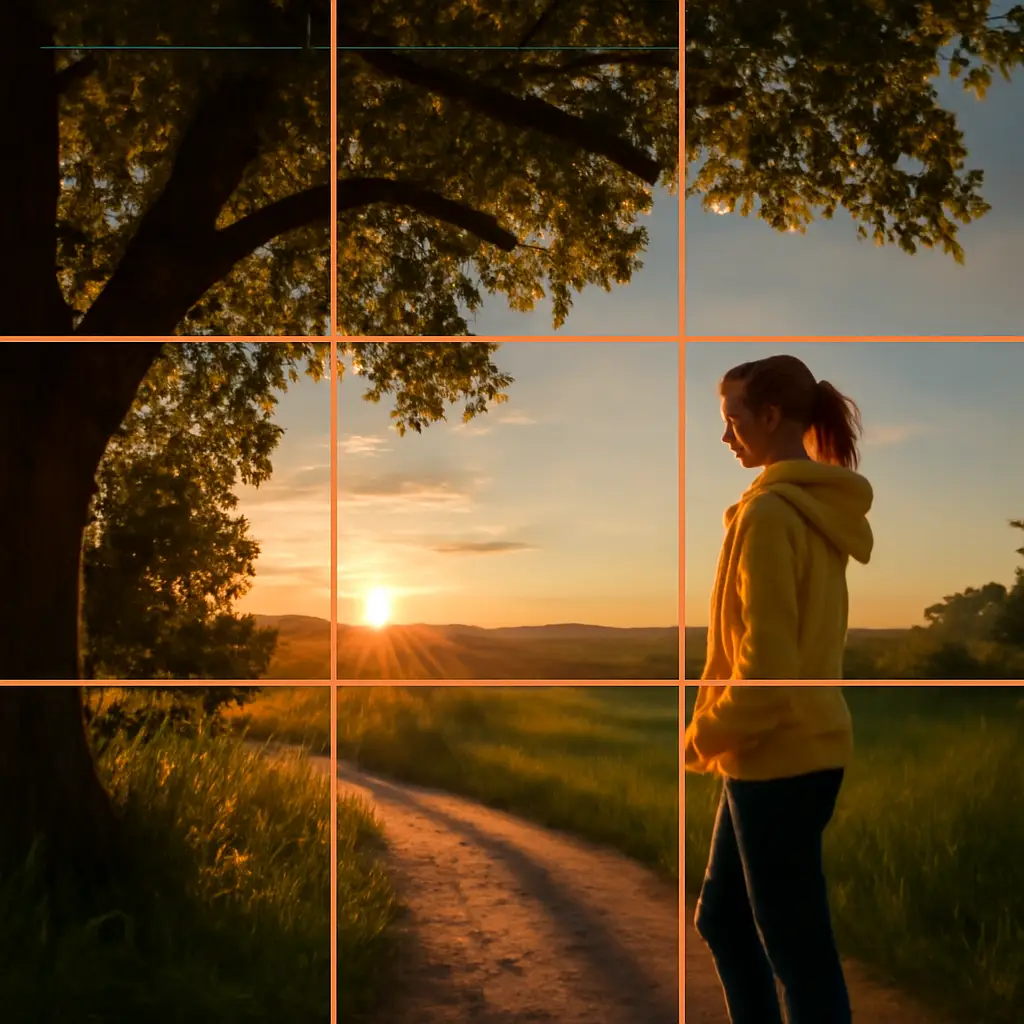Understanding Digital Image Creation
In today's visually driven world, creating captivating digital images is more essential than ever, whether for personal use or business. However, there are common mistakes many people make in the realms of photography and graphic design that can diminish the impact of their visuals. Here, we identify these pitfalls and offer tips on how to avoid them.
1. Ignoring Composition Basics
Good composition is the backbone of a striking image. Ignoring composition techniques can lead to disjointed or bland images. Here are some foundational principles to keep in mind:
- Rule of Thirds: Split your frame into thirds (both horizontally and vertically) and place subjects along these lines for a more balanced and engaging image.
- Leading Lines: Use natural lines within the image to lead the viewer’s eye toward the main subject.
- Framing: Incorporate elements in your foreground to create a frame that highlights your subject.

2. Poor Lighting Choices
Lighting can make or break a photograph. Bad lighting can obscure details and create unflattering shadows. Here are ways to optimize lighting:
- Natural Light: Whenever possible, use natural light. Shooting an hour after sunrise or an hour before sunset (the golden hour) provides soft, pleasing lighting.
- Avoid Harsh Shadows: Overhead lighting can cast harsh shadows. Try diffusing your light source using softboxes or reflectors.
- Experiment: Don’t hesitate to play with shadows and highlights; sometimes the unusual can lead to stunning results.
3. Not Considering Image Resolution
The resolution of your images determines how they will look on different platforms. Low-resolution images may appear pixelated or blurry when shared online.
- Use High Resolution for Print: Always use high-resolution images (at least 300 DPI) if you're planning to print.
- Optimize for Web: For online use, a resolution of 72 DPI is standard, but ensure that the file weight doesn't slow down your website.
4. Overediting or Underediting
Finding the right balance in image editing is crucial:
- Overediting: Excessive filters, saturation, or sharpness can make images look unnatural. Aim for enhancement rather than transformation.
- Underediting: Conversely, neglecting adjustments such as brightness, contrast, or cropping can lead to missed opportunities for improvement.
5. Confusing Style with Quality
While style is important, it should not come at the expense of quality.
- Aesthetic Over Function: Ensure that the style you choose enhances the image rather than diminishing its quality. For example, a trendy filter may seem appealing but not serve the image’s purpose effectively.
6. Failing to Optimize Images for Different Platforms
Different platforms require different sizes and formats:
- Social Media Specifics: Make sure to optimize images for each social media platform, as they often have unique aspect ratio requirements.
- Responsive Design: Images should look good on both desktop and mobile. Test your images on multiple devices to ensure they remain crisp and engaging.
7. Skipping File Naming and Alt Tags
Skipping these SEO basics can affect your visibility online.
- Descriptive File Names: Instead of generic names like "IMG_1234.jpeg," use descriptive names like "sunset-beach-photography.jpeg."
- Alt Tags: Always include alt text that describes the image content, which is also beneficial for visually impaired users.
Practical Tips for Overcoming Common Mistakes
Here are some practical tips to ensure you avoid common digital image creation mistakes:
- Invest in Good Equipment: While smartphones have impressive cameras, consider a DSLR or mirrorless camera for higher quality images.
- Use Editing Software: Familiarize yourself with photo editing software like Adobe Lightroom or Photoshop to enhance your images more effectively.
- Practice Regularly: The more you shoot and edit, the better your skills will become. Don’t shy away from experimenting with different techniques.
Leveraging AI for Image Creation
If you find image creation daunting or time-consuming, consider AI tools that simplify the process:
- Instant Transformations: Tools like RestyleAI can convert your photos into artistic styles from Studio Ghibli, Pixar, or create a professional headshot for LinkedIn—all with minimal effort.
- Enhancing Quality: You can enhance food photos to create gourmet visuals or restore old, damaged images with ease. The capabilities of AI can help you sidestep the common pitfalls that often bog down traditional image editing.
Conclusion
Creating stunning digital images involves knowing common pitfalls and effective techniques to elevate your content. By mastering composition, lighting, and optimization practices while leveraging innovative tools, you can significantly enhance the quality of your digital imagery.
Take your creations to the next level with AI tools to swiftly generate and restyle images to fit any aesthetic or purpose. Try RestyleAI today to explore its potential for your next digital project!
